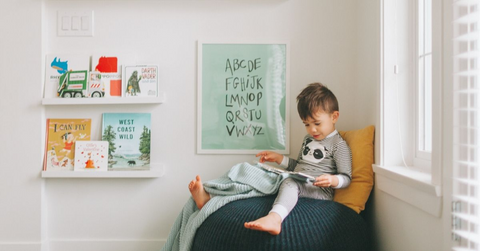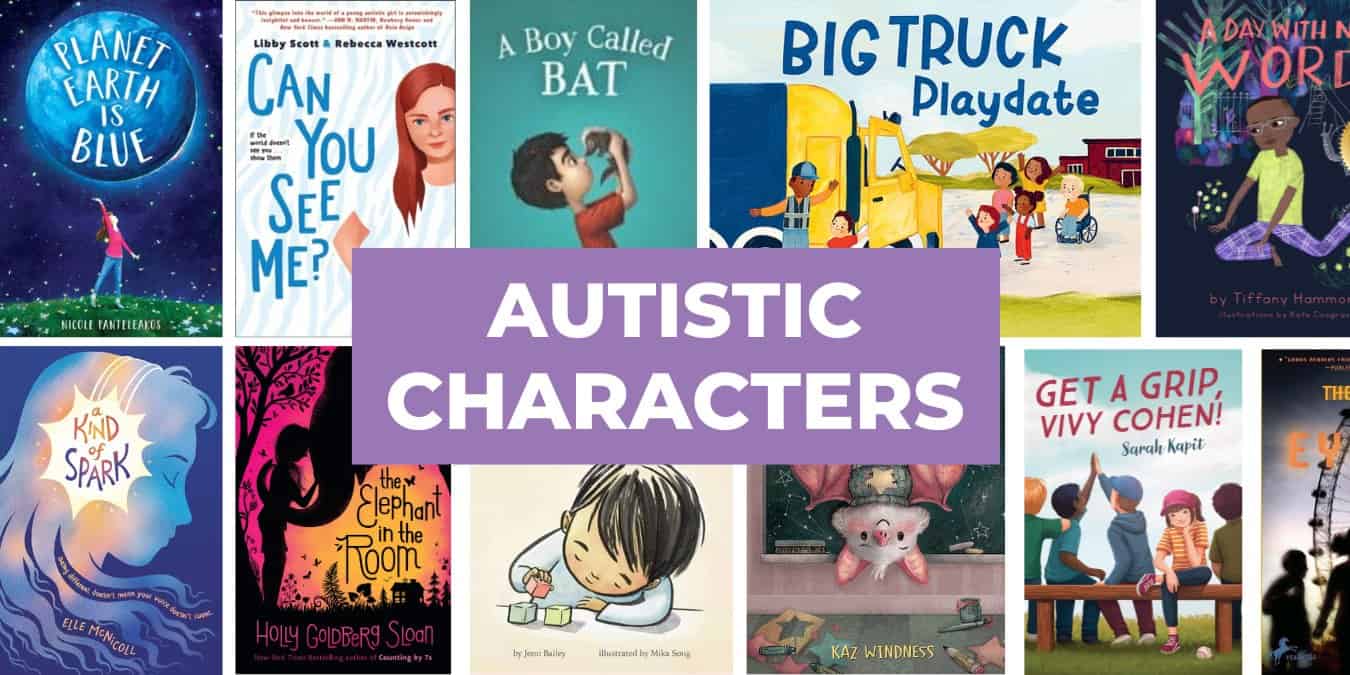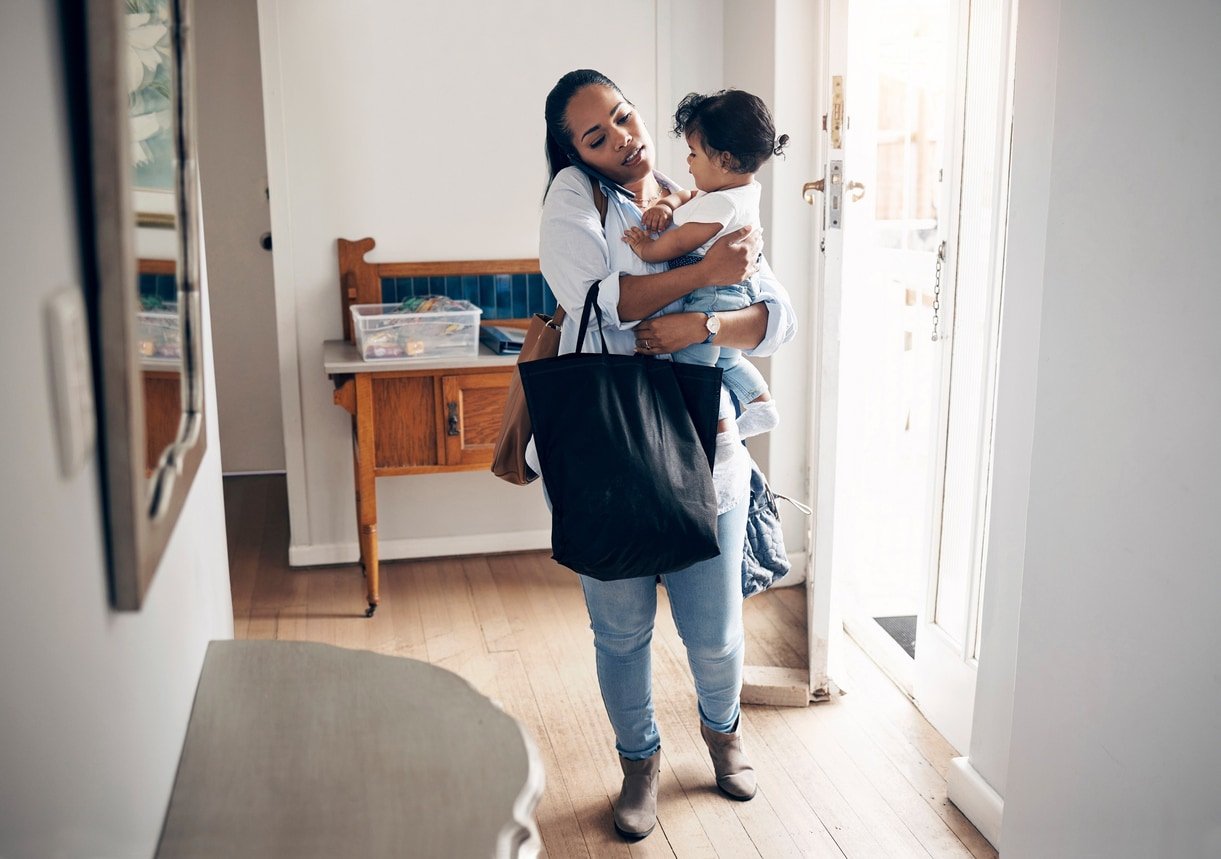We all know how essential sleep is for our physical and mental well-being, but I don’t think we have a true understanding of just how important sleep is until we become parents. From newborn babies that wake every hour to those dreaded sleep regressions and beyond, we know all too well how our minds and bodies suffer when we are running on little-to-no sleep.
Kids are the same way (even though they’d like to think they’re invincible and don’t need to rest!) When they don’t get the sleep they need, it’s more like raising little grizzly bears than sweet children. For my own children, we never struggled with bedtime. By the end of the day, my kids were often tired and ready to hit the hay. But when I’d mention naptime? That was a different story! So if your kiddos are the same way and you’re just not sure how to get your toddler to take a nap, here are my top tips on how to make it less of a battle for everyone!
How Do I Get My Toddler to Take a Nap?
1. Explain Why Naps Are Important
When my toddlers first started resisting nap time, the first thing I did was examine why they were fighting it so much. For most toddlers and preschoolers, this may be that they want to keep playing and don’t want to miss out on any fun that may be happening in their absence. For others, it may be that they get separation anxiety and know that naptime means time away from mom.
See if you can pinpoint the reason why, and go from there! For younger toddlers, this may be difficult to do. But by the time many toddlers start resisting naps, they are at an age where you can ask them why they don’t want to nap and explain to them why taking a nap is so important.
My daughter was the type that felt serious FOMO if she had to take a nap. I remember several occasions when my daughter resisted naps because she didn’t want me to finish decorating the cookies without her or when she just wanted to finish playing the game she was in the middle of. Once I discovered this about her, I was better equipped to help her. By simply explaining to her that I wouldn’t finish the activity without her or that the game would be there when she got back, she was much less hesitant.
For kids that have separation anxiety, try to create a comfortable and restful environment that will help relieve their anxiety, such as music and their favorite toys. Explain that you’ll be in the next room and that you’re not leaving them.
In general, just explaining that naps are important because they give us the energy to play more can help children understand why it’s important. For my own daughter, it was like a switch was flipped in her brain, and she understood why it was important.
Relating to our children can also be beneficial. I would often tell my daughter, “I need you to take a nap because I need to take a nap as well. And I can’t take a nap unless you do. Then we both will wake up and feel happier and have more energy to play some more!”

2. Check for Comfort
We all know that explaining the “why” won’t always change their mind on napping. But sometimes the only reason why they’re not napping when we put them down has more to do with their environment than anything else!
If your toddler/preschooler won’t nap or is waking up from their nap after only being down for a short while, check their environment!
Is their bedroom cold? Do they have a wet or poopy diaper? Is there too much light coming in through the windows? Is there too much noise? Or not enough noise? Are they thirsty or hungry?
Before putting your child down for a nap, run through this list in your head and make sure your environment is conducive for sleep! And keep in mind that what makes them comfortable will be different for every baby! Which brings us to tip number 3!
3. Customize the Nap Environment
After having my second child, I quickly learned that ALL babies are different. And when it comes to sleep, I found this to be especially true! But if you’re not sure what changes you could possibly make to make your little one more comfortable, start here! Pick one or two things to switch out. If they still seem uncomfortable, try something else. It may take some trial and error.
Here are some things you can try adjusting to make the environment more conducive to toddler sleep!
-
Hang blackout curtains to make the room darker: Some babies need it to be dark in order to sleep. This was the case with my son! Installing black out curtains helped him to be able to sleep longer both during naptime and at night!
-
Use white noise or play calming music: Neither of my kids can sleep without their lullaby Tonie playing in the background! For my nieces, I know they need white noise to sleep well! If your little one isn’t napping well, maybe they just need a little background noise to help them out!
-
Adjust the thermostat in the nursery: For me, temperature is always the first thing that affects my sleep! If I’m too hot OR too cold, I can’t rest well. If your child runs hot, consider turning the thermostat down. If your child runs cold, turn up the temperature a bit or use a sleep sack.
-
Use a sleep sack: Sleep sacks are a great way to keep kids warm and cozy for nap. Plus they’re safer than loose blankets while also eliminating the risk of the blanket falling off during naptime, which can cause them to wake prematurely from their nap! If you’re not sure how to pick a sleep sack, check out our guide to infant sleep sacks here!

Photo Credit: Kyte Baby
4. Add a Favorite Stuffed Animal or Blanket
My kids all had their own comfort items. For my daughter, it was her baby bear stuffy. For my son, it has been his snuggly Little Unicorn quilt. Having these items close by has made naptime easier, especially for my son who doesn’t like to be apart from me for a second!
If your child doesn’t have a special item, try taking them to the store and letting them pick out a new stuffy or blanket for naptime! Explain that it can be their naptime buddy to help them sleep better!
(Note: It’s always best to be aware of sleep safe practices to prevent SIDS, which includes not letting young babies sleep with blankets or toys! However, if your toddler is old enough to sleep with these items, it can be a great way to help them feel comfortable for naptime. Consult your child’s pediatrician for more advice on when it is ok to introduce blankets, stuffed animals, or pillows to your toddlers sleep environment, and ALWAYS follow your mom gut!)
5. Let Them Decorate
For me, it’s difficult to sleep in a room that I don’t feel 100% comfortable in. So it’s easy to assume that kids are the same way! If they feel scared of their room, they’re not going to want to be in there to take a nap!
One way to solve this problem is to let them help pick out their own bedding and room décor. Although this may not be possible for young toddlers, this can definitely help for preschoolers that are still needing naps during the daytime.
6. Provide a Consistent Routine
We all know the phrase “consistency is key”. Many parents will say that for nap time in particular, you need to be extremely consistent and follow a strict schedule. Although this can help for some, I found this to be extremely difficult. My schedule always seemed to change from day to day, so putting my kids down for a nap at the same time every day was difficult.
I’ve come to learn that consistency doesn’t always have to mean being consistent with timing. Sometimes all kids need is consistency in the naptime routine (such as reading a book before nap) or a consistent environment for naptime to be a success. Whatever level of consistency you can provide will often be enough.

7. Don’t Make “Nap” a Negative Term
For me, naps have always been a positive thing. Ever since I was a kid, I LOVED taking naps. Talk to your kids like naps are the best things ever so they associate it as a positive thing!
If you threaten your kid with “you better stop whining or you will have to take a nap,” this will instantly turn the whole naptime experience into a negative thing for them. This often results in kids running and screaming at the mention of the word. Luckily, this can be easily avoided by always making it a loving, positive time of day!
8. Implement “Quiet Time” as an Alternative
As your child starts to grow, you may notice that even after trying everything else, they still don’t want to nap! In these scenarios, I’ve found that offering quiet time as an alternative to taking a nap works wonders! Not only does it give you a little bit of time to relax or get some things done, but it allows your kiddos to wind down a bit as well! And interestingly enough, I found that whenever my daughter would go have “quiet time” in her bed, she fell asleep anyways, giving her the nap she didn’t think she needed!
When implementing quiet time, make it a positive thing for them! Set up a cozy nook for them with snuggly blankets, pillows, stuffies, books and calming music. And even if they don’t end up napping, it will still give you half an hour or so to tackle the rest of your day!

Photo Credit: Self Sufficient Kids Blog
Nap Tips When Traveling
Traveling is often really hard on kids. It messes with their every day schedule and every bit of familiarity and comfort is missing. But when it comes to naptime when traveling, simply recreating a lot of that familiarity for them can help them to take much needed naps so that the whole family can enjoy the vacation!
Here are some tips that have helped me when traveling with my toddlers!
-
Bring a comfortable playard: A comfy sleep space is ESSENTIAL. Speaking from experience, a $20 pack-and-play off of marketplace probably won’t do! Investing in a nice playard that comes with a comfortable mattress can mean the difference between a horrible vacation and a week of lovely memories!
-
Use a SlumberPod: My sister-in-law loves her SlumberPod! When she first got it, I wasn’t sure what was so special about it. But it allows her to put her babies down for a peaceful nap by providing a completely dark environment! If your toddler sleeps hot, the SlumberPod even has a little pocket for a fan that helps keep it cool inside!
-
Recreate their nap environment/schedule as best as you can: Whether you stick to a strict schedule for your toddler’s naps or just have certain items that make naptime cozy, make sure to recreate it as best as you can while traveling. Kids come to expect certain things, so if those things are missing, it can be difficult for them to nap. It can be challenging to reproduce their naptime schedule or environment while traveling, but just do the best you can! If your child likes music, bring along your tonie box or sound machine. If they take a nap at 2 pm every day, try to plan your day around that!
-
Don’t forget their comfort items: Whether it’s a stuffy or blanket or their favorite music, make sure you have it so you can recreate a peaceful space for them while traveling!
-
Bring along a travel stroller: If you can’t make it back to your hotel, having a travel stroller that your child can nap in while you’re out and about can be so helpful. Find a travel stroller that fully reclines and has features such as mesh paneling and all-wheel suspension for optimal comfort. (Check out our blog here for a comparison on 4 of our top rated travel strollers!)

Baby Jogger City Tour 2 Travel Stroller
FAQ’s about Toddler Sleep!
How many naps should my toddler be taking per day?
As a basic guideline, toddlers between the age of 12 to 18 months should still be taking about 2 naps per day. By age 2, many toddlers have transitioned to just 1 nap per day.
Pay attention to your child’s sleep cues when deciding when to go from 2 naps to 1. If they’re acting extra fussy, they may need more naptime. If they’re restless when you try to put them down for their second nap, it may be time to switch to one nap.
Always pay attention to your own child. Don’t base your decision on what other parents do, or even what you did with your previous child. What your child needs will almost always be different from what another child needs.
How long should my toddler’s naps last?
How long your child’s naps should last depend on how much sleep they are getting at night and how many naps they are taking during the day.
In general, toddlers between age 1 and 3 need around 12-14 hours of sleep between their nighttime and daytime sleep. If they are sleeping in really long stretches at night, they may not nap much during the day. If they are taking two naps per day, the naptime length will probably be shorter as opposed to if they are taking one long nap in the middle of the day.
Again, there is never a “right” or “wrong” on how long or how many naps your toddler should be taking. Always look at your child individually and base their schedule around what they need.
If you’re not sure how much sleep your child needs for their age, this article is a great resource!
When should I get rid of naptime altogether?
Most kids stop napping by the time they go to kindergarten. However, every single child will be different. What is most important is that you establish a healthy nighttime sleep schedule and then supplement their sleep with a nap during the day if they are still showing signs of tiredness.
If your child is especially fussy during the day, struggling to regulate strong emotions, or is struggling to focus even if they get adequate nighttime sleep, they probably need to continue to have a nap during the day.
For more guidance, reach out to your pediatrician or a sleep specialist for help!

The sleep battle, whether it’s struggling to get adequate sleep ourselves or to get our kids to sleep enough, can prove to be one of the greatest challenges of parenthood! But with patience and some trial and error, you can get down the perfect naptime routine for your little one, leaving you with some time to get a much needed nap yourself as well!
For more parenting tips, follow along on our blog at babycubby.com.

 PARENTING TIPS
PARENTING TIPS







 PREGNANCY
PREGNANCY








 BABY CARE
BABY CARE








 TODDLERS
TODDLERS








 TEENS
TEENS








 HEALTH CARE
HEALTH CARE







 ACTIVITIES & CRAFTS
ACTIVITIES & CRAFTS








 CONTACT
CONTACT ABOUT
ABOUT















